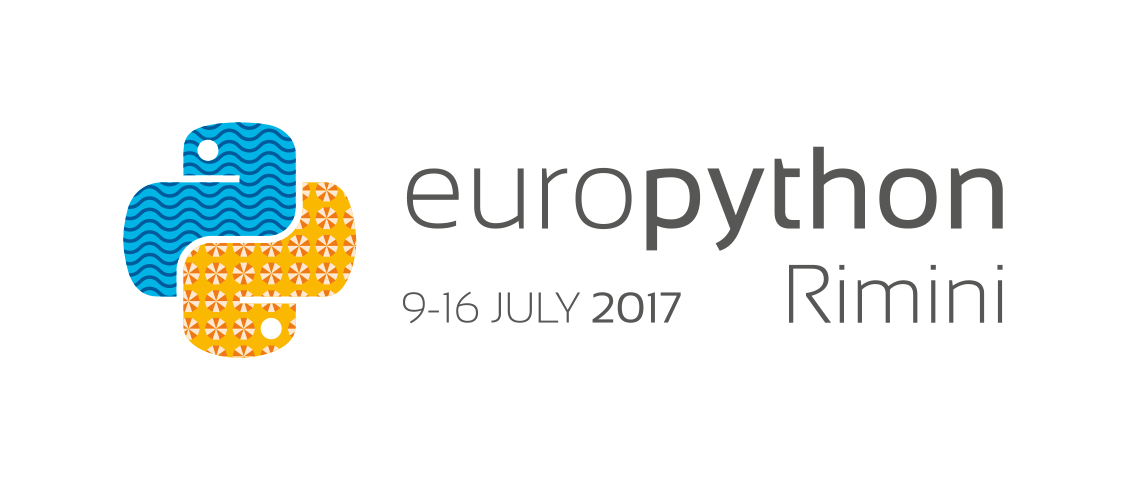Space weather monitoring for a virtual reality simulation of a Martian settlment
High-energy particles accelerated by the Sun during Coronal Mass Ejections (CME) are a major concern for a manned mission to Mars. On Earth surface, these particles are shielded by the Earth magnetic field. In space and on the Martian surface, where such shielding is absent or much weaker, CME pose a radiation hazard to the health of astronauts. The development of tools to understand and forecast the interplanetary space weather is a requirement for future manned space missions in order to properly protect the astronauts from the radiation environment. A variety of methods are currently developed by the scientific community and a number of public tools for space weather monitoring and forecast is already available online.
We present a Python-based tool which takes advantage of two publicly accessible space weather web portals. Our software combines the forecast of CME and a real-time propagation model of energetic particles throughout the inner Solar System and the Martian atmosphere. It consistently recovers real-time relevant information and provides with days-to-hours forecasts for the radiation dose astronauts on Mars would be exposed to. The system raises an alert signal when the radiation dose exceeds the security levels defined by the main space agencies adopted as a reference.
Our tool is meant to be integrated in a virtual reality simulation of a human settlement on the surface of Mars (Mars City Project www.mars-city.org).
Prerequisite: Intermediate knowledge.
